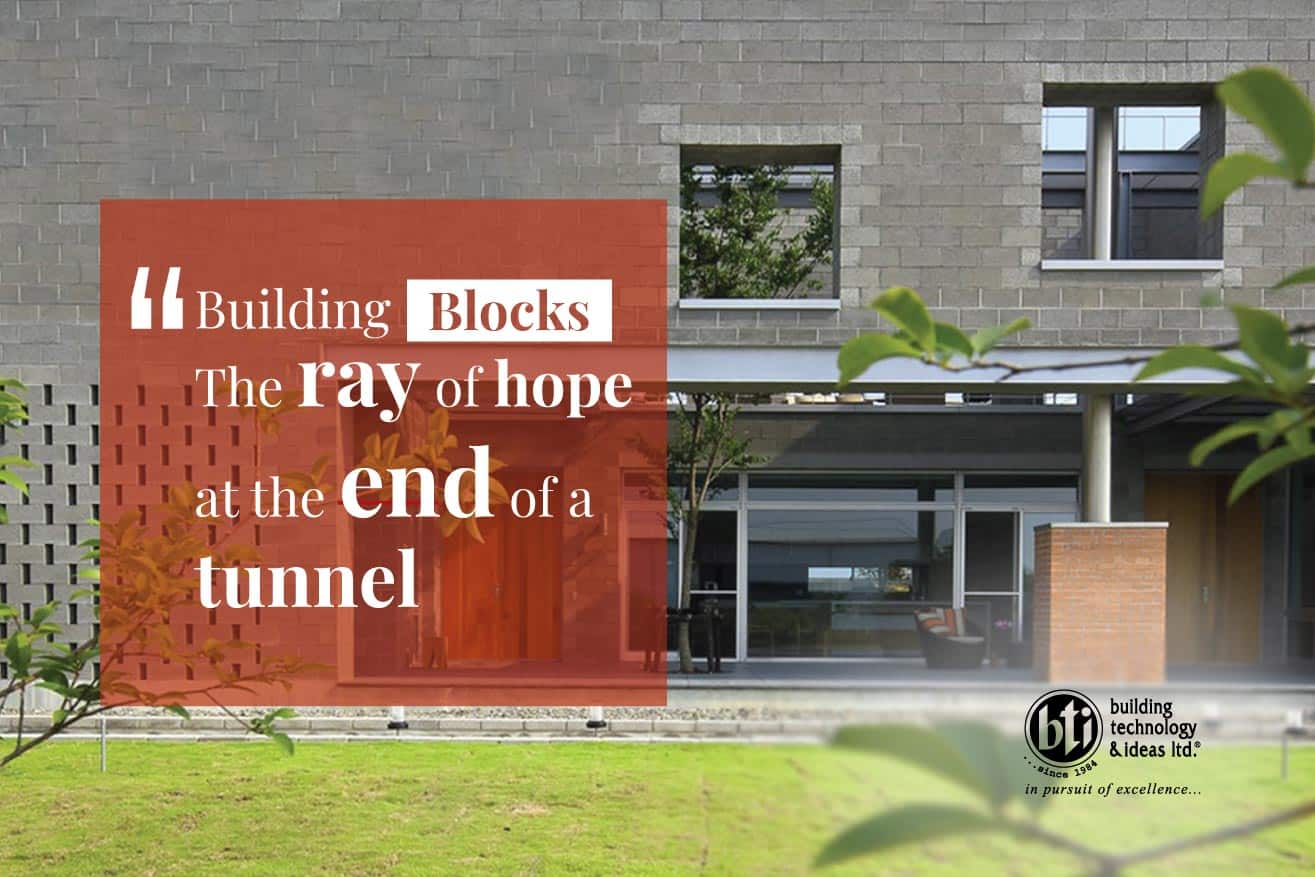
The demand for clay bricks rose due to the ever-rising need for homes resulting in unprecedented progress of the real estate industry in Bangladesh. This would’ve been wonderful news for us if it wasn’t so harmful to the environment. The Government of Bangladesh has been tirelessly working to combat this problem for a long time and has successfully able to shut down 349 illegal brickfields.
Clay bricks require raw materials from the topsoil, the most arable part of the soil, and burning at high temperatures in kilns, causing harmful pollutants to be released in the air. About 7000 kilns are recorded to produce 23 million bricks each year; this amounts to 23,300 tonnes of fine particles, 15,500 tonnes of sulfur dioxide, 302,000 tonnes of carbon monoxide, 6,000 tonnes of black carbon and 1.8 million tons of carbon dioxide emissions according to the Journal of Pollution Effects & Control. This leads to loads of health issues affecting both respiratory and cardiovascular systems due to the unhealthy environment.
Significant changes can only be brought about if the real estate industry came together and helped with this initiative. Clay bricks, popularized through their demand, became the go-to material for all sorts of construction. There is a way to cut down on the air pollution caused by brick production due to advancements in construction technology; by using concrete blocks in their place. This creation of modern construction technology has been available since the early 2000s and is a good alternative to burnt clay bricks. Since then the top real estate companies have followed suit and started using concrete blocks instead of the traditional burnt bricks.
Concrete blocks are a much better option durability and strength-wise due to low water-retention because it reduces weakening from dampness. They are versatile as well due to their varied applications ranging from construction to interior design. They are more cost-effective than clay bricks. More features like thermal and energy efficiency and sound dampening properties make concrete blocks the perfect and more responsible alternative for burnt clay bricks.
bti Building Blocks took a step in that direction. These machine-made products require readily available materials like cement, pea gravel, stone dust, coarse sands, and fine sands. Extracting the raw material does not affect the arable topsoil, so the negative agricultural impact is reduced. The process itself is very energy efficient as it does not require firing like the energy-intensive clay brick production. The factory set up in Dhamrai produces about 25000 bricks per day and the year-round operation produces up to 6.5 million concrete blocks using modern production processes. The increase in demand for these blocks would result in increased production that could significantly undercut the air pollution caused by brick kilns. This would lead to a reduction of the negative environmental impact as no harmful gases are released in the process.
Although the use of concrete blocks in the industry has already been adopted by a lot of real estate development companies, it still has to overcome the popularity of the clay bricks. This is an issue we need to address with the utmost urgency before we inflict irreversible damage to both ourselves and the environment.
]]>